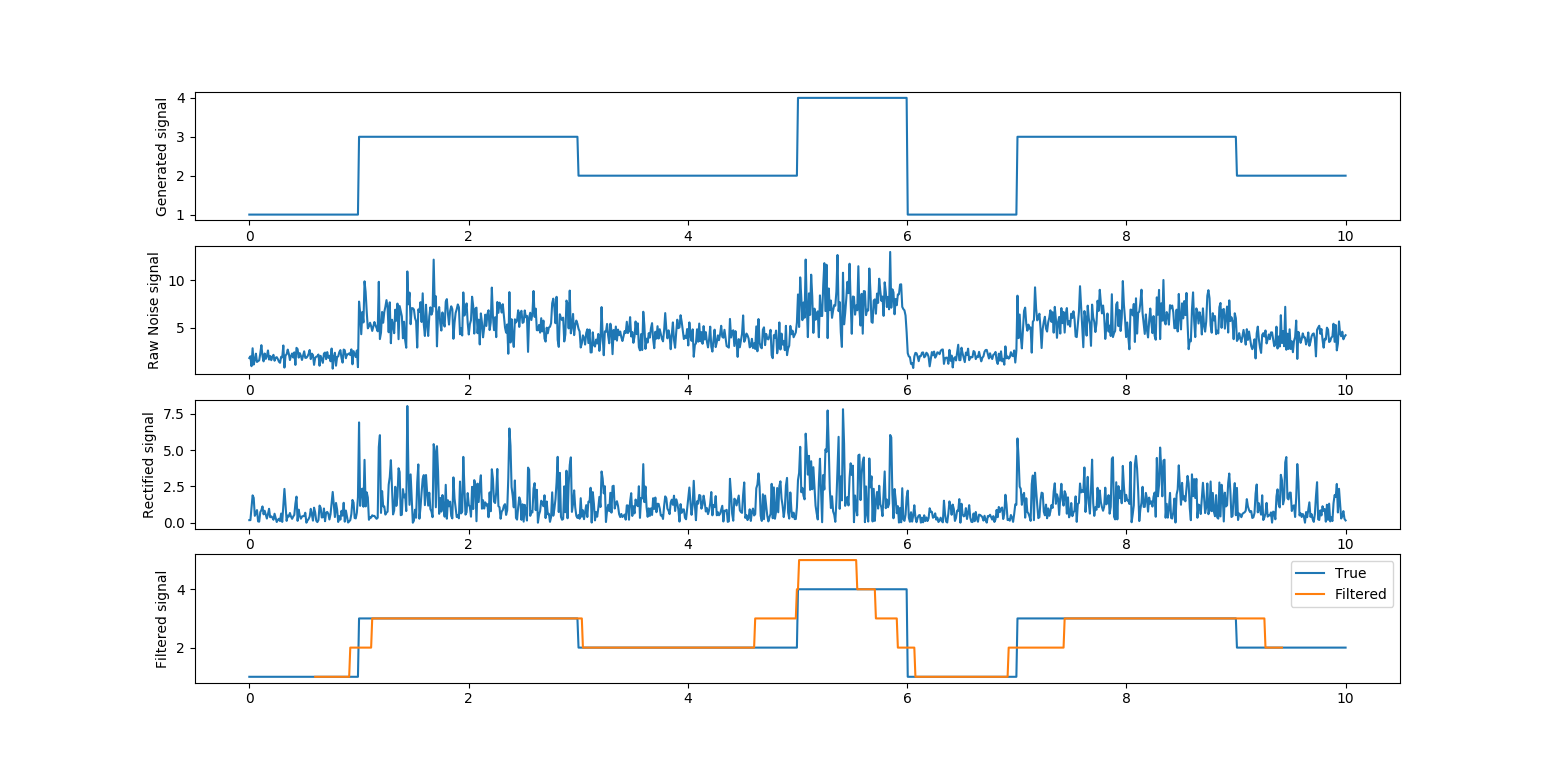I'm literally sitting on a tropical island, phone in one hand, do please excuse my brevity:
Yes, as usual, the type of signal of interest is very important!
Detecting OFDM is a bit of a hard task, as OFDM signals are practically sharply bandlimited white noise to the (unsynchronized) observer.
Hence, many methods that are based on spectral properties of SoI being different than those of background noise will simply fall flat, lest you have a lot of extraneous bandwidth to work with (which, with WiFi bandwidths of 20 or 40 MHz would be computationally pretty expensive just to do boring detection). Especially the conventional detector outlined in the other answer will work badly in less-than-stellar noise scenarios.
There is one property that practical OFDM systems possess that makes them easy to detect even in negative-SNR scenarios:
OFDM in most cases (and especially WiFi) is CP-OFDM. That means that for synchronization and equalization purposes, every OFDM symbol starts with a "copy" of its own end, shifted to the front. (Of you haven't heard about that, you'll find it covered in every textbook that introduces OFDM, and you should definitively read up on it. To give you an idea: OFDM is based on the Discrete Fourier Transform, which makes the convolution of the transmit signal with the channel impulse response a multiplication, if, and only if, that convolution looked like a circular convolution to begin with; by having the CP, you emulate a circular convolution by the real-world linear convolution.)
You can exploit the CP by looking for peaks in the receive signal autocorrelation at exactly the symbol length. Since you really don't care about any other delay, you just calculate the dot product of a CP-length part of signal with signal delayed by an OFDM symbol length. If there's a peak there, you probably found a CP. To allow for a constant threshold, just divide the correlation coefficient by the product of powers in both segments.
OFDM symbol length and CP length are both defined by the WiFi standards.
A remark on the overall thing you're doing: you might end up never finding a good threshold. That's because WiFi is in an ISM band and relies on CSMA-CA, and you run into the classical hidden station problem. As long as you document that very well and give good reasons, it's absolutely legitimate to pick a threshold that simply gives you a fixed detection probability empirically. Notice that due to the aforementioned properties, it's pretty hard to tell SNR from SINR.





